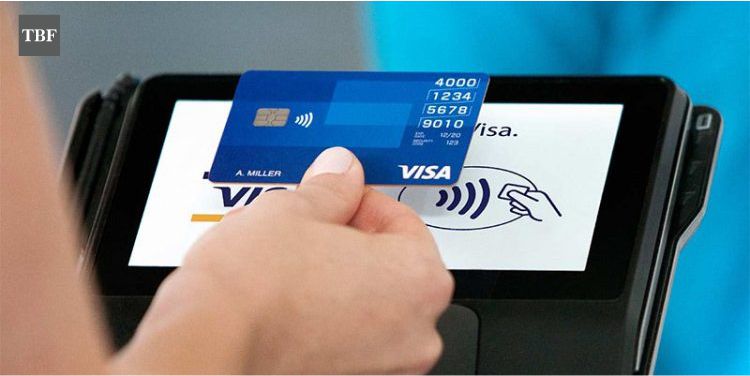The next time you buy or renew your debit or credit card, ask for a contactless card instead of a normal one. These cards aren’t that expensive and allow you to conveniently pay your bill without touching any devices. Considering today’s scenario, this feature fits right into the context of social distancing.
Still, a lot of you might have a question looming in your mind – what about security? What if someone stole my card? Well, these questions are justified. And as a wise consumer, it’s natural to have these questions. So let’s decode every security aspect as we course through every vulnerability of contactless cards.
What secures the card?
Here’s the juice. These EMV cards aren’t secured by some Ironman-like tech, but they surely are powered by a smart microprocessor chip solution that helps protect the cardholder’s credentials. Its role is simple. Perform certain cryptographic computations to encrypt dialogues with the processing network and Point-of-Sale terminals.
The card comes with a Dynamic Data Authentication (DDA) feature, which is the latest security innovation in the field of card payments.
So, how does it work?
Each contactless card has a unique private and public key pair that plays an integral role during authentication. Upon nearing a terminal, the card generates a valid cryptographic code through one of the keys to communicate with terminals.
This code authenticates the genuineness of the card and is unique in every transaction. The terminal then uses the other key to validate the code transmitting from cards.
What if someone clones it?
As every code transmitted through the chip is unique, it is virtually impossible to clone or, in that case, tamper with contactless cards. As a matter of fact, these cards are far less vulnerable to counterfeit than magnetic stripe cards.
Can someone use an RFID reader to activate my card?
No, unless they are anywhere near 4 centimeters of the card, RFID readers won’t be able to read the card. Contactless cards rely on near field communication (NFC) technology to communicate with terminals. Generally, it uses a 13.56Mhz radio frequency to communicate with the host. As a result, it is only able to transmit digital data within a concise range.
Note, the communication should be direct. Meaning- if there is anything between the card and the terminal then the transaction will not be successful.
Then what’s stopping people from buying contactless cards?
There are various myths roaming around contactless technology. We have tried to cover a lot of them in this article and we are sure that you’ll be able to decode the rest after learning about the security aspects mentioned above.
Our aim here was to clear some of the clouds so that people are more open to these new technologies.









